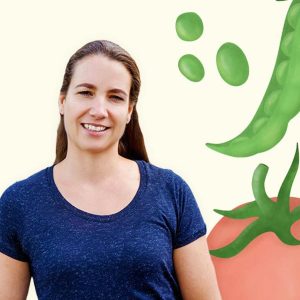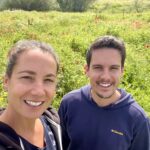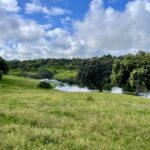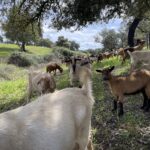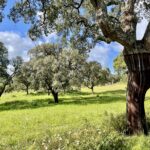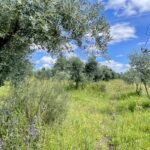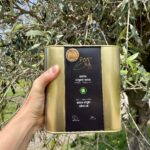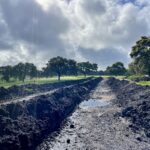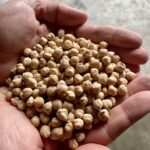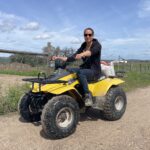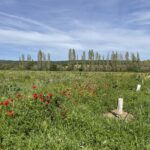Monte Silveira aims to better understand its ecosystem

The past week, I was working at the organic and regenerative farm Monte Silveira. Peasmaker João Valente sees it as his task to better understand the ecosystem of the 700-hectare area where he farms.
(Please note that this text is translated by Open AI as I write my all my peas in Dutch)
My camper is stationed in Ladoeiro, the lush Portuguese countryside this time around. As I drive in, all I see are almond trees. There are a whopping 6000 hectares of these nut trees here. But this region wasn’t always known for almonds. Until the 1990s, watermelons, broccoli, and tobacco were the primary crops. When tobacco subsidies dried up, farmers switched to other crops.
The Valente family saw the subsidy drying up as an opportunity and chose a completely different path from surrounding farmers. Driven by their connection to nature, they decided to certify the family estate as organic. They were done with the use of chemicals, and the higher prices for organic products at the time presented a good opportunity.
In 2017, João decided that organic alone wasn’t enough to continue producing healthy food in the future. More needed to be done to improve soil and biodiversity, and Monte Silveira began transitioning to regenerative agriculture on the family estate. The farm consists of 500 hectares of ‘montado,’ the traditional agroforestry system with cork trees and grassland. The remaining 200 hectares are used for the production of legumes and cereals.
Once again this week, I see the important role of animals in these ecosystems. It’s the golden rule at Monte Silveira that every piece of land is touched by animals once a year. The Alentejo pigs in the montado eat the acorns and till the land. The Merino sheep and goats maintain the land by keeping the bushes and vegetation short. The animals thus help prevent wildfires, fertilize the estate, and provide meat.
The yield at Monte Silveira today is half plant-based. Various grains such as rye, spelt, malt, buckwheat, and millet are grown here, as well as legumes like chickpeas, black-eyed peas, fava beans, and lupines. The grains and legumes are sold in bulk markets and on a smaller scale in shops and restaurants. Olives are also grown, from which high-quality medicinal olive oil is made.
When I ask João what his mission is, he tells me that he wants to better understand the ecosystem he works in. He sees research as an essential part of regenerative agriculture. The farm even has its own soil health and microbiome specialist, Diogo Pinho, who oversees research projects.
There’s a new experimental almond orchard where the trees are in a biodiverse flower-rich ‘garden.’ The numbers and types of insects present on the estate are being studied, and new agricultural methods are being employed. I see a field where grains and legumes are sown together. The legumes provide nitrogen to the grains, and the legumes can climb on the grains.
Monte Silveira also focuses on closing as many loops as possible. Compost is made from the farm’s own animal manure, plant waste, and 60 different types of bacteria. The animal manure is also used to produce microalgae on-site, which serves as food for the crops. And the many solar panels on the estate ensure that the entire estate is self-sufficient in energy.
The farm is now entering a new phase. Because João knows that doing alone is not enough, to make a greater impact, you also have to show what you are doing. Over the next few years, more products will therefore be released under the farm’s own brand. Work is underway on a new website with a webshop for those products, and in the future, people may even be able to stay overnight on the farm.
Wanting to understand things better seems to be the ultimate attitude to move forward. Monte Silveira is proof of that in my opinion.
Ik ben Chantal en reis door het land in mijn camper searching for peas. Ik maak verhalen vol inspiratie over peasmakers; voedselveranderaars die werken met hun hart en zo de wereld veranderen. Ik ga aan de slag bij ze voor een dag of week. Zo leer ik hun missie beter kennen en kom ik erachter wat hen drijft als persoon. In de tussentijd probeer ik te ontdekken wat het voor mij betekent om een goed leven te leven. Mijn ervaringen deel ik met jullie.
